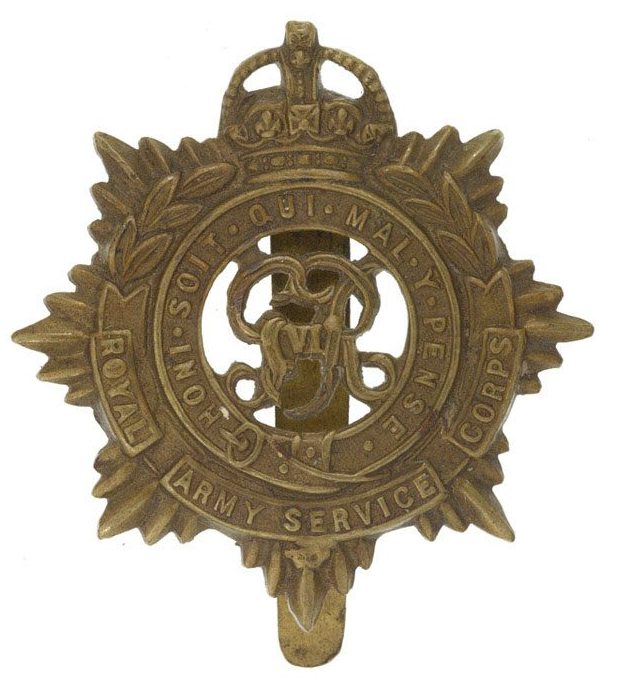Personal Details
Born: 27 August 1882 in Maidstone, Kent. He was also known by the name Maddocks.
Family: He was the son of Thomas Butler Maddock, a publican, and his wife, Martha. He married Louisa Ballinger on 30 April 1908 in the Parish Church of Hardwicke, Gloucestershire and together they had two children – Dorothy Winifred Linda and William Wilfred Josiah.
Residence: In 1891 he lived in Moss Side, Manchester with his mother and aunt; in 1901 he was boarding at 3 Dodington, Whitchurch, Shropshire and in 1908 he lived at 4 Carlisle Street, Liverpool. In 1911 he lived, with his wife and daughter at 128 Wrexham Road, Whitchurch where he was still living in 1919. By 1939 he had moved to 124 Wrexham Road and at the time of his death in 1965 he lived at 3a Doddington, Whitchurch.
Employment: In 1901 he was a general labourer; in 1911 he was an agent for Pearl Assurance Co. By 1939 he was a painter and decorator.
Died: In 1965 in Whitchurch and was buried on 9 March that year in Whitchurch cemetery.
Military Details
Regiment: Royal Army Service Corps
Rank: Private
Service Number: RX4/232529
Date of Enlistment: Not known
Date of Discharge: Not known
Reason for Discharge: Not known
Thomas was awarded the Campaign Medals (British War Medal, and Victory Medal).

The British War Medal (also known as 'Squeak') was a silver or bronze medal awarded to officers and men of the British and Imperial Forces who either entered a theatre of war or entered service overseas between 5th August 1914 and 11th November 1918 inclusive. This was later extended to services in Russia, Siberia and some other areas in 1919 and 1920. Approximately 6.5 million British War Medals were issued. Approximately 6.4 million of these were the silver versions of this medal. Around 110,000 of a bronze version were issued mainly to Chinese, Maltese and Indian Labour Corps. The front (obv or obverse) of the medal depicts the head of George V. The recipient's service number, rank, name and unit was impressed on the rim.
The Allied Victory Medal (also known as 'Wilfred') was issued by each of the allies. It was decided that each of the allies should each issue their own bronze victory medal with a similar design, similar equivalent wording and identical ribbon. The British medal was designed by W. McMillan. The front depicts a winged classical figure representing victory. Approximately 5.7 million victory medals were issued. Interestingly, eligibility for this medal was more restrictive and not everyone who received the British War Medal ('Squeak') also received the Victory Medal ('Wilfred'). However, in general, all recipients of 'Wilfred' also received 'Squeak' and all recipients of The 1914 Star or The 1914/1915 Star (also known as 'Pip') also received both 'Squeak' and 'Wilfred'. The recipient's service number, rank, name and unit was impressed on the rim.

